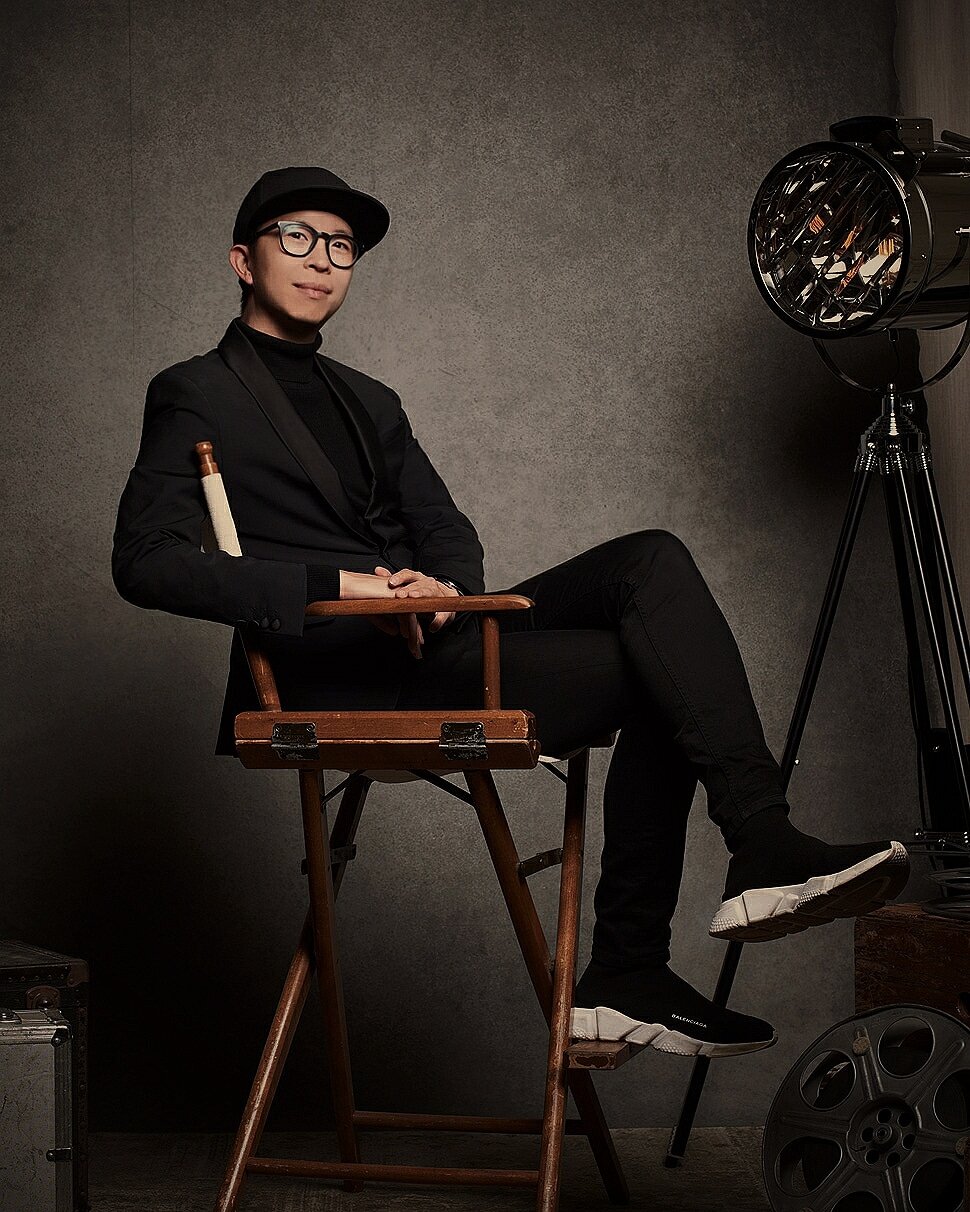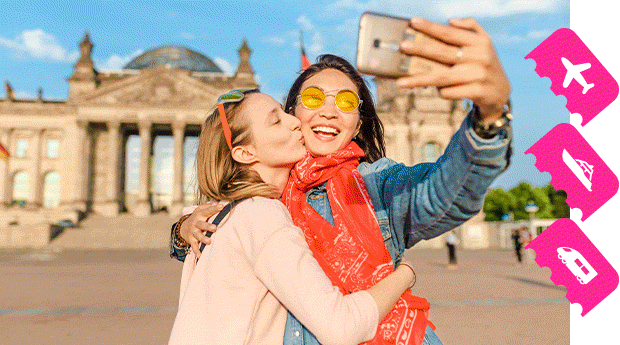Toronto-based TV director Justin Wu has been racking up the credits these days, with work on Syfy’s Reginald the Vampire and BBC/CBC’s Gangnam Project dropping over the next few months, plus a couple of series that he’s directed—Children Ruin Everything and Run the Burbs—being picked up by U.S. broadcaster the CW.
This summer he’ll also be directing a studio feature film, a rom-com. It’s still a little hush-hush. All he could say about that the day he chatted with Pink Ticket Travel was: “It’s shooting in Canada, on the West Coast. We are starting to scout locations and it will show off the Canadian landscape in the best way.”
As well as being a fashionista, Wu is also an avid traveller who lived in Paris for 10 years before moving back to Canada. We caught up with him to ask about his approach to exploring the world.
I know you travel a lot for work, but when you’re travelling for yourself, what kind of places do you gravitate toward?
I’m a naturally curious person, so what interests me are human stories. The human condition, which can be reflected in a multitude of ways. I like places that have a lot of history, that are cultural centres where I can learn about a particular culture. I’ve recently travelled to the Baltic states—Estonia, Latvia, Lithuania—really spending time in the city centres, the rural areas, trying to observe and absorb the culture.
The other aspect is just seeing the beauty of nature. We are very blessed, in this digital era, to have platforms that can open our eyes to new parts of the world that we would never otherwise see. We can see a place in a TV show or movie and go there. When I was younger, I had the opportunity to visit the mountains around Auckland, New Zealand, where The Lord of the Rings film series was shot. Being fascinated by geology, I went twice to Iceland and did the famous Ring Road there—I had the opportunity to visit active volcanoes, and even scale the inside of an extinct volcano, which was a particularly unique experience.
You’re a visual person. Do you go to places thinking, “I’d like to shoot something here”?
Once upon a time I did. And I still do to some degree. I’m an obsessive photo taker. Not for any particular reason, but to capture the essence of a place. I’ll take photos of the most innocuous things, like a street sign or a crack in the floor. I try to absorb the images so that one day I can pull them from my memories, to be a better director. I can’t deny, there are certain places that I would go back to for the right story, I would go back to a certain spot. At the same time, I want to see as much of the world as possible. I want to cross the 100-country mark, maybe before I hit 40.
What’s a destination that made a mark on you?
Going to Phnom Penh in Cambodia with my partner. What really affected me was knowing what I was getting myself into, going to a place where genocide had taken place. [When the Khmer Rouge ruled the country, from 1975 to 1979, an estimated one million people were killed by the state.] It was very emotional, a horrible event that happened within our generation. But in honour of that struggle, and with an understanding of that history, I was moved by how the Cambodian people were able to pick themselves up and build a new country. Also in Cambodia, you can witness the extreme beauty of Angkor Wat and experience watching the sun rise over those majestic temples, built eons ago.
That’s a very meaningful experience. Is there a place you go just to have fun?
I can confidently say—and this is something bizarre to admit—that even after living in Paris for 10 years, I’ve not seen everything there is to see, so I’ll always return. Even if I’ve walked every street, I am always open to taking a deep dive to understand the history behind a certain square, to see who I can recognize in a cemetery or to visit the places Victor Hugo [a 19th-century writer and politician] went to. I can really walk the city blindfolded, but at the same time, it’s a city that’s so dynamic. No two visits are the same.
Are there certain things that you’ll do and see in every place you visit?
There are always three things that I must do—it’s almost a checklist, and if I don’t do them, I feel like I’ve missed out. One is to visit the country’s national museum, because it’s a way to find the essence of who they are. I also want to see a modern art gallery, because that helps me understand what’s going on in the minds of a country’s artists in the present day. The third thing I like to do is to collect a souvenir. I know this is something that everyone does, but maybe I take too much time to think about this. I want to find one thing that encapsulates a culture for me. I know it’s impossible, but I try to distil my experience into one item that can help me recreate the memories of being there. It may not be the most culturally significant item, but it has to have a symbolic quality. I have a wall of them.
Tell me about a couple of them.
I collected a mask in Cambodia that I bought at a little shack off the street. It’s painted in the traditional style and it has architectural elements that I recognized while I was there, in Angkor Wat, for instance. When I was in Kyoto, Japan, I saw a piece where a modern artist reinterpreted a traditional fan so that it resembled a torii [a type of traditional gate], so that unfolding the pieces of paper was like unfolding the gates.
In New York City, I ordered a neon sign of one of Keith Haring’s dancing man images. Haring is one of the most inspiring individuals, someone who made me want to become an artist when I was growing up queer. I identified with his story of how selfless he was to bring art and messages to the masses, talking about Apartheid, civil rights and women’s rights. His dancing man figures, to me, embody the free spirit he had, this positivity. He left an indelible mark on New York and I will always see New York that way, through his art.
What’s the one piece of travel advice you love to give?
Always budget time for random exploration. You’ll always find it rewarding. You can plan a very strict itinerary, but make sure there’s time to meet locals. They’ll tell you more about a place than the architecture or the art. So always be open to wandering without being directed by Instagram and Instagrammable moments. Put your phone away and let things happen.
This interview has been edited for length and clarity.


